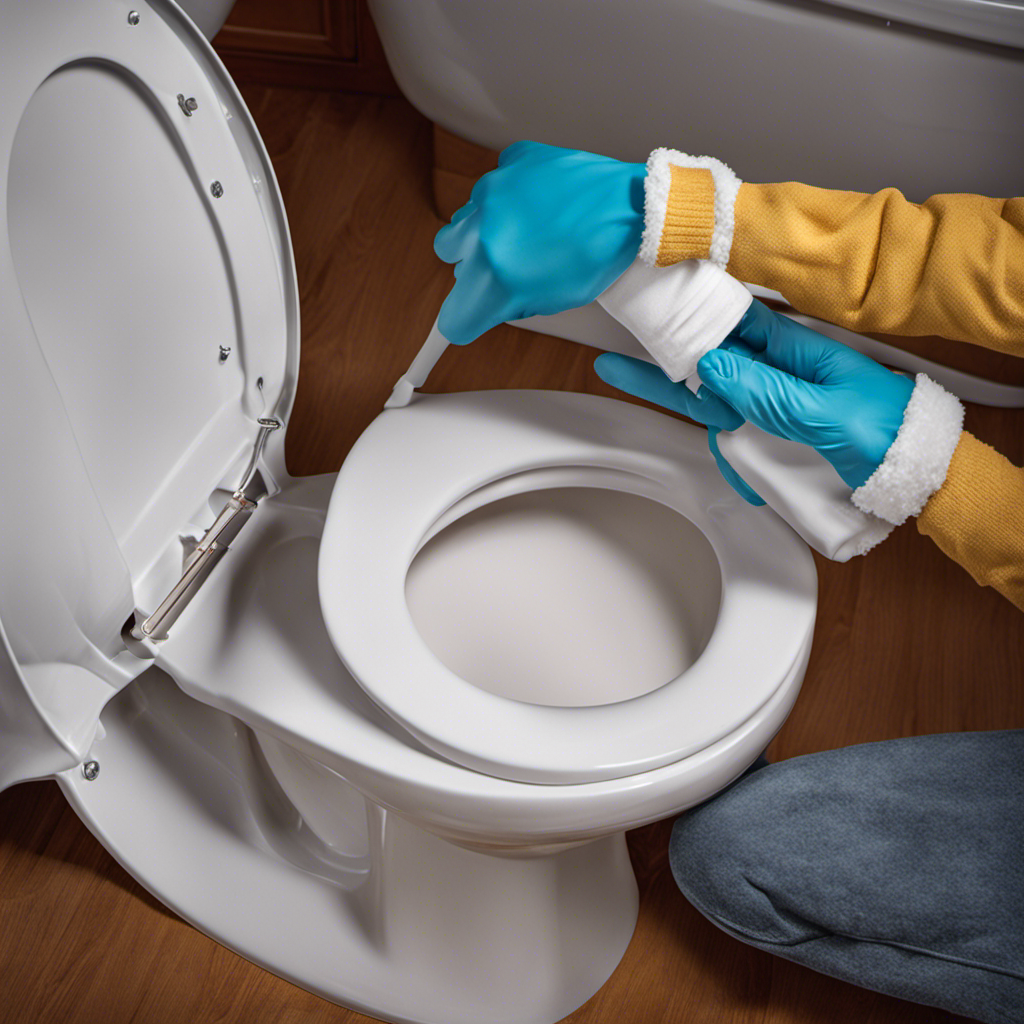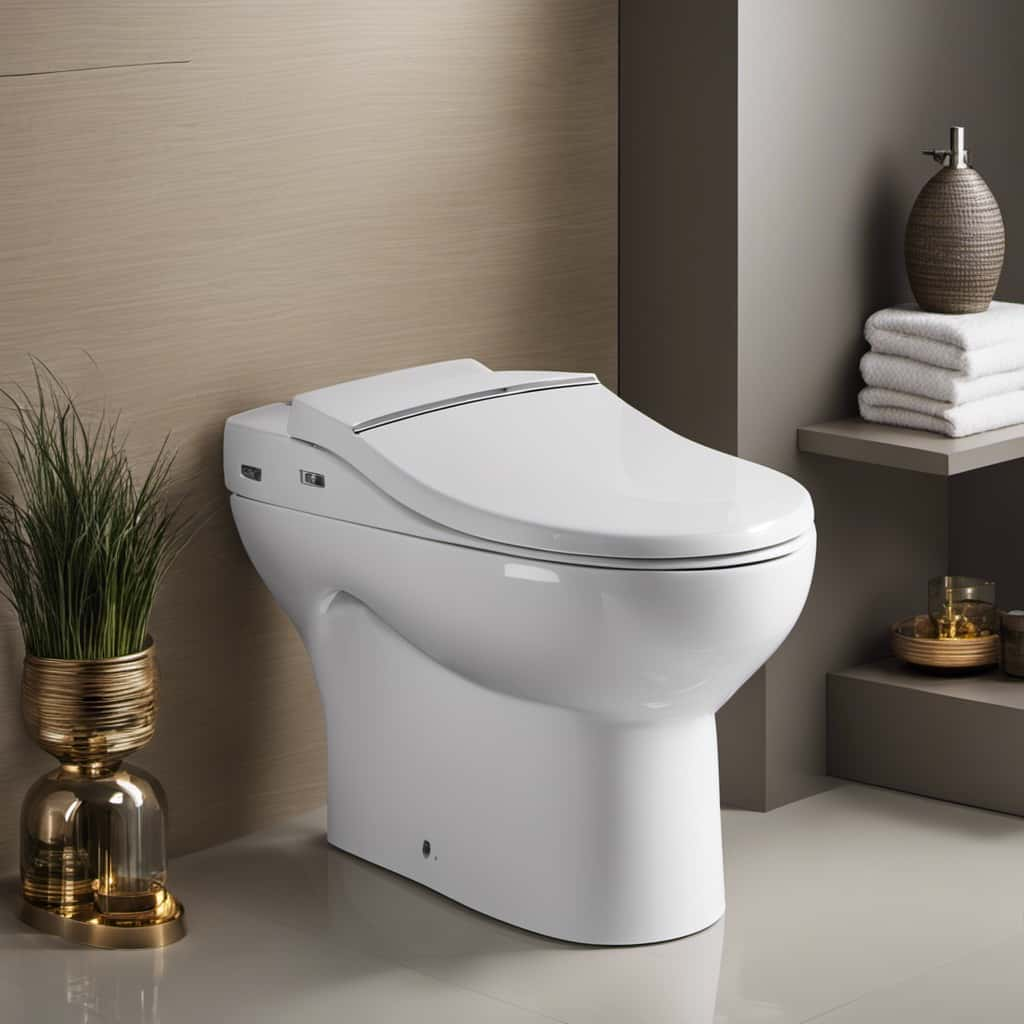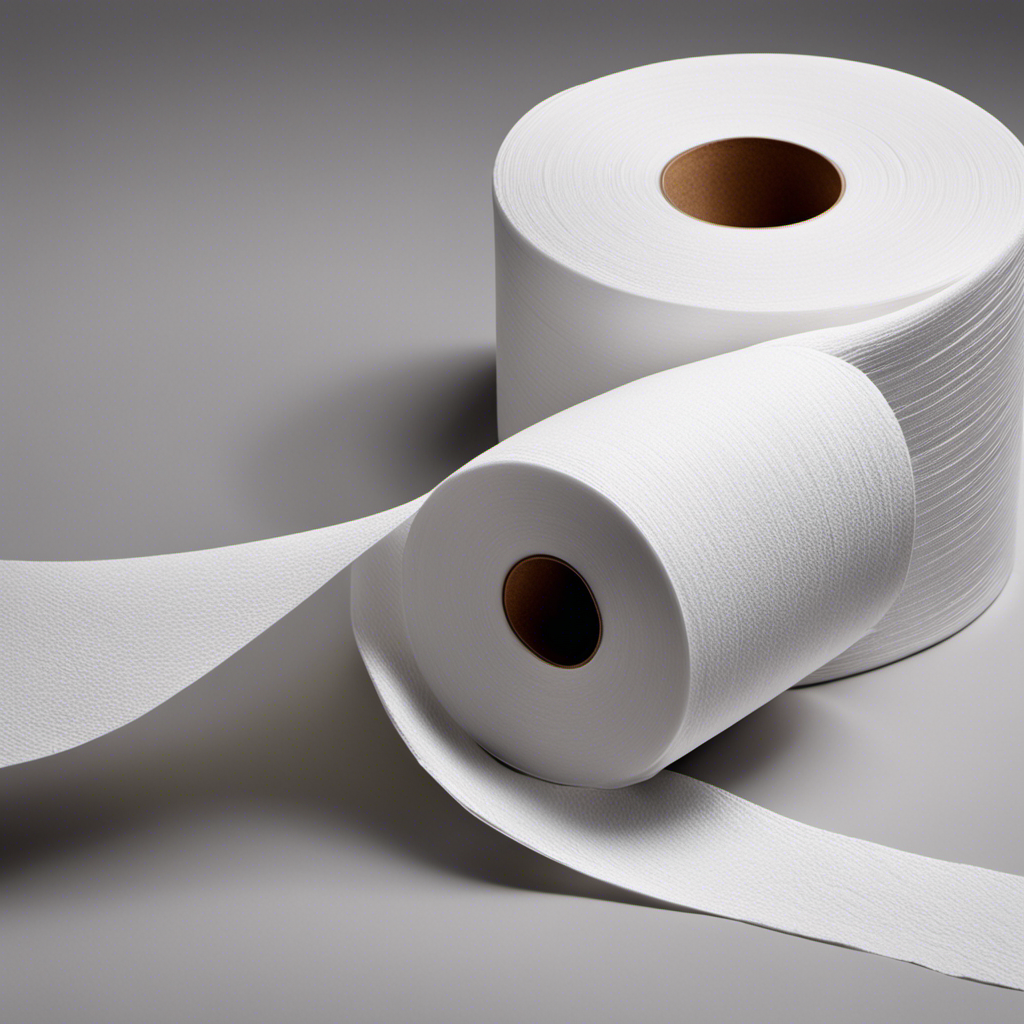Are you tired of your toilet flushing on its own, as if it has a mind of its own? Well, fear not, because we have the solution you’ve been searching for!
In this article, we’ll show you how to put a stop to the dreaded phantom flushing. From checking the flapper to adjusting the water level, we’ll guide you through the steps to regain control over your toilet.
Get ready to become a toilet troubleshooting master!
Key Takeaways
- Flapper replacement is necessary to fix phantom flushing caused by a worn or damaged flapper.
- Proper water level adjustment is crucial for preventing phantom flushing.
- Cleaning the fill valve can help maintain its functionality and prevent phantom flushing.
- Checking and maintaining the refill tube can help prevent blockages and leaks that cause phantom flushing.
Check for a Faulty Flapper
To stop phantom flushing in our toilets, we can begin by checking for a faulty flapper. The flapper is a rubber valve that controls the flow of water from the tank into the bowl. Over time, the flapper can become worn or damaged, causing water to leak into the bowl and triggering phantom flushes.
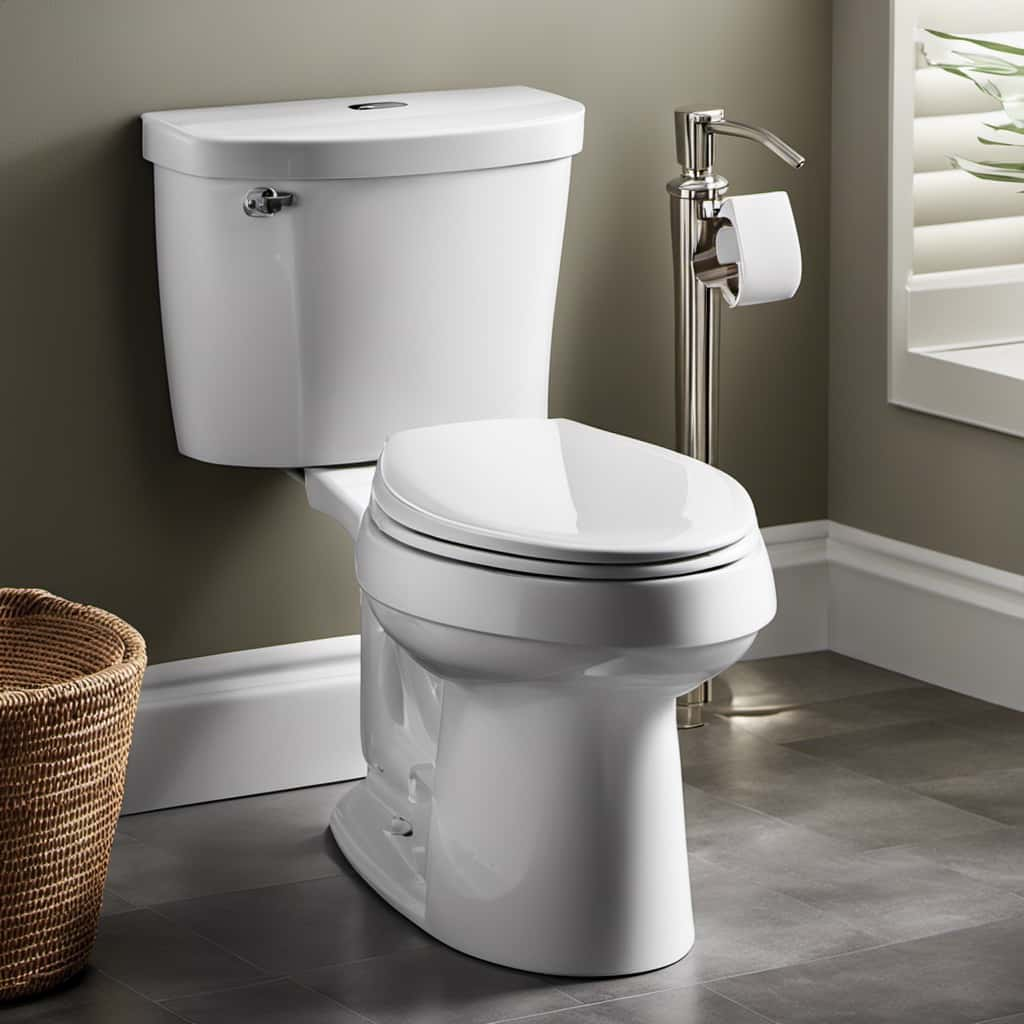
To fix this issue, a flapper replacement is necessary. It’s a simple and cost-effective solution that can be done by following the manufacturer’s instructions or seeking professional help if needed.
Additionally, consider exploring water-saving toilet options, such as dual flush toilets or low-flow toilets, which can help reduce water consumption and prevent phantom flushing.
Now, let’s move on to the next step: adjusting the water level in the tank.
Adjust the Water Level in the Tank
Let’s start by adjusting the water level in the tank to prevent phantom flushing. Proper water level adjustment is crucial in maintaining the optimal functionality of your toilet. To help you with this, we have provided a table below that outlines the steps to adjust the water level effectively.

| Steps to Adjust Water Level |
|---|
| Shut off the water supply to the toilet. |
| Remove the tank lid and locate the float valve. |
| If the float valve is faulty, replace it with a new one. |
| Adjust the height of the float valve to achieve the desired water level. |
| Turn on the water supply and check if the water level is adjusted correctly. |
| If necessary, install a water-saving device in the tank to reduce the water level. |
Clean the Fill Valve
To prevent phantom flushing, we continue by cleaning the fill valve, ensuring its optimal performance. The fill valve is responsible for regulating the water level in the toilet tank. Over time, mineral deposits and debris can accumulate inside the valve, affecting its functionality.
Begin by shutting off the water supply to the toilet and flushing to empty the tank. Remove the fill valve cap and inspect for any visible debris or blockages. Use a soft brush or cloth to gently clean the valve and remove any buildup. If the valve is severely damaged or can’t be cleaned effectively, it may be necessary to replace the fill valve altogether.
Cleaning the fill valve is an essential step in troubleshooting water pressure issues and preventing phantom flushing. Once the fill valve is clean and functioning properly, we can move on to inspecting the refill tube.
Inspect the Refill Tube
Continuing our troubleshooting process, we now move on to inspecting the refill tube to address the issue of phantom flushing in our toilet.
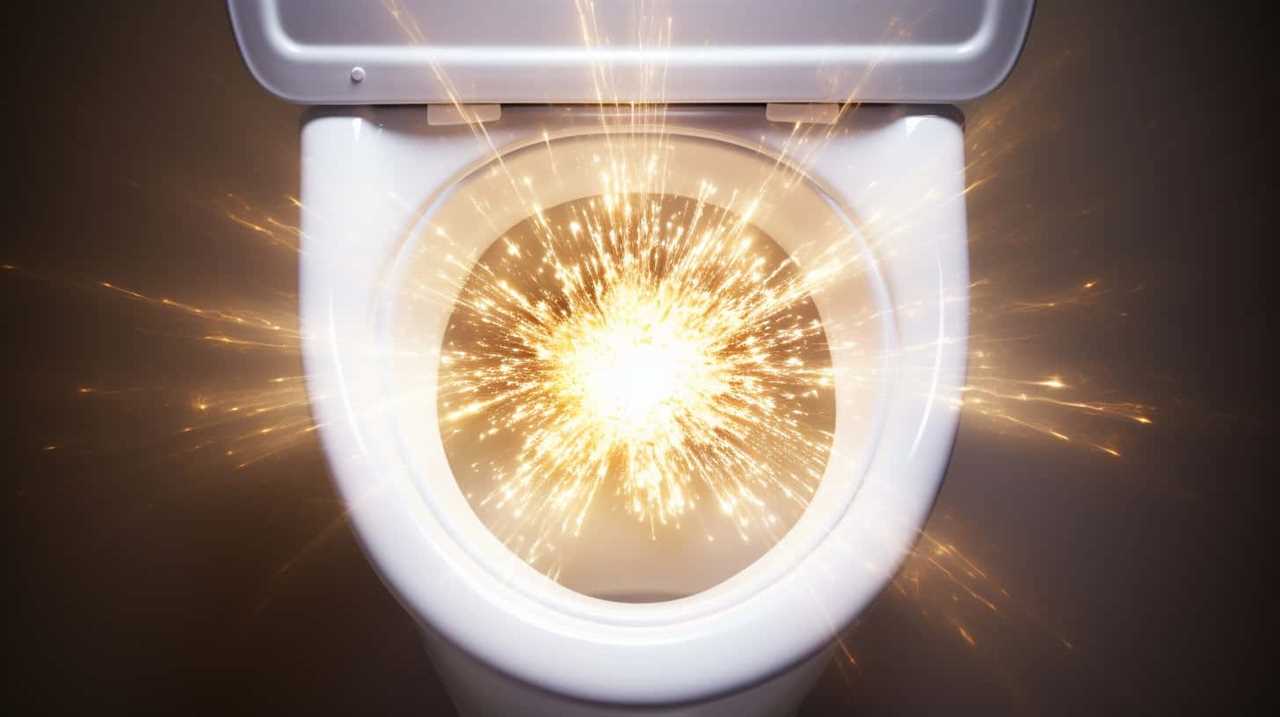
The refill tube is responsible for refilling the toilet tank after each flush. If it’s blocked or leaking, it can cause the toilet to flush on its own.
To check for blockages, start by turning off the water supply to the toilet. Remove the refill tube from the overflow pipe and inspect it for any debris or mineral deposits. Clean or replace the refill tube if necessary.
Additionally, check for leaks along the refill tube. Make sure it’s securely connected to the fill valve and the overflow pipe. Any leaks should be fixed promptly to prevent phantom flushing.
Now that we’ve inspected the refill tube, let’s consider replacing the flush valve to further troubleshoot the issue.

Consider Replacing the Flush Valve
To address the issue of phantom flushing, we should consider replacing the flush valve. The flush valve is responsible for controlling the release of water from the tank into the toilet bowl during flushing. If it isn’t functioning properly, it can lead to phantom flushing and wastage of water.
Here are some options to consider:
- Upgrade to a dual flush system: This allows you to choose between a full flush for solid waste and a partial flush for liquid waste, saving water in the process.
- Install a water-saving toilet tank bag: This bag displaces water in the tank, reducing the amount used per flush.
- Consult a professional plumber: They can assess the situation and recommend the best flush valve replacement for your specific toilet model.
- Follow manufacturer guidelines: Some toilets require specific flush valve replacements, so it’s important to consult the manufacturer’s instructions for compatibility.
Replacing the flush valve can help resolve the issue of phantom flushing and promote water conservation in your bathroom.
Frequently Asked Questions
How Does a Faulty Flapper Cause Phantom Flushing?
Adjusting the flapper or replacing it entirely can fix phantom flushing caused by a faulty flapper. This allows proper sealing of the flush valve, preventing water from leaking and triggering unnecessary flushes.
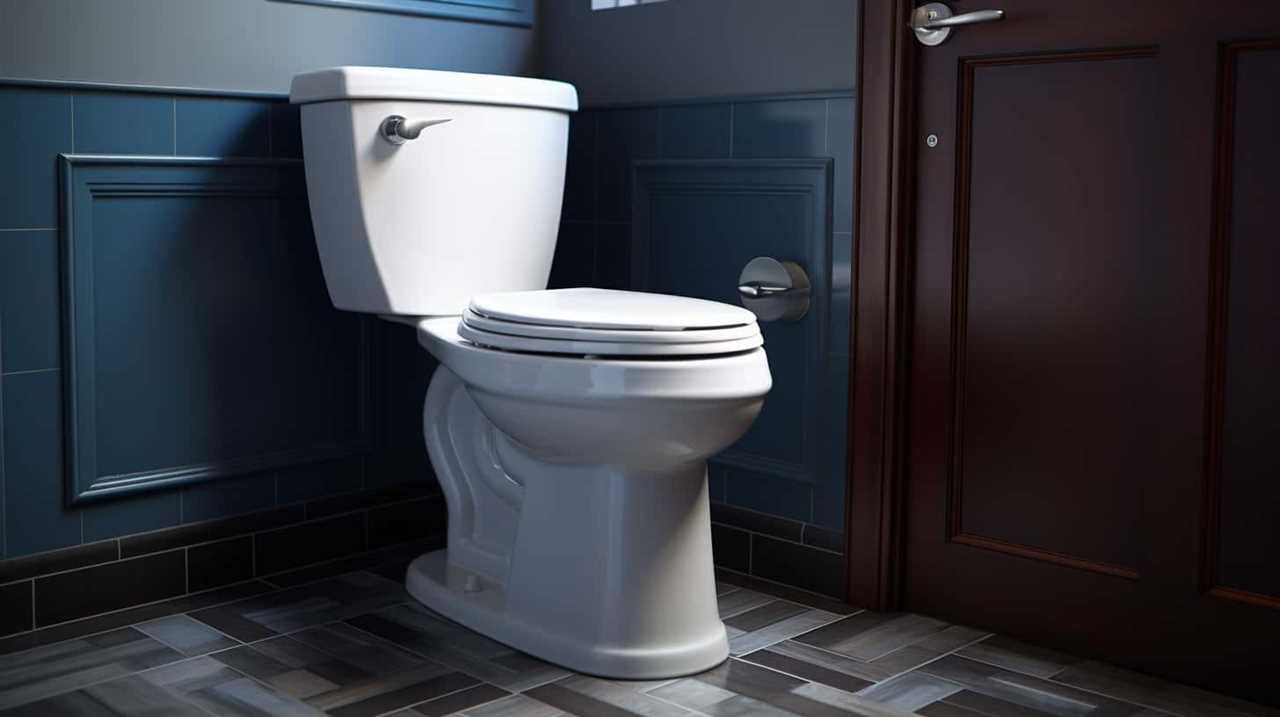
Can Adjusting the Water Level in the Tank Fix Phantom Flushing?
Adjusting the water level in the tank, like calibrating a precise instrument, can potentially resolve the issue of phantom flushing. This can be achieved by adjusting the float and checking the chain length.
How Often Should the Fill Valve Be Cleaned to Prevent Phantom Flushing?
Regular maintenance is crucial for preventing phantom flushing in toilets. Cleaning the fill valve periodically ensures its proper functioning. Troubleshooting phantom flushing involves addressing issues with the water level and adjusting the components inside the tank.
What Is the Purpose of the Refill Tube in Relation to Phantom Flushing?
The refill tube’s function in relation to phantom flushing is to direct water into the overflow tube, preventing the tank from overfilling. Troubleshooting the refill tube involves checking for clogs or misalignment.
When Is It Necessary to Replace the Flush Valve to Stop Phantom Flushing?
To stop phantom flushing, sometimes it’s necessary to replace the flush valve. However, before resorting to that, consider alternative solutions such as adjusting the water level or replacing the flapper valve.
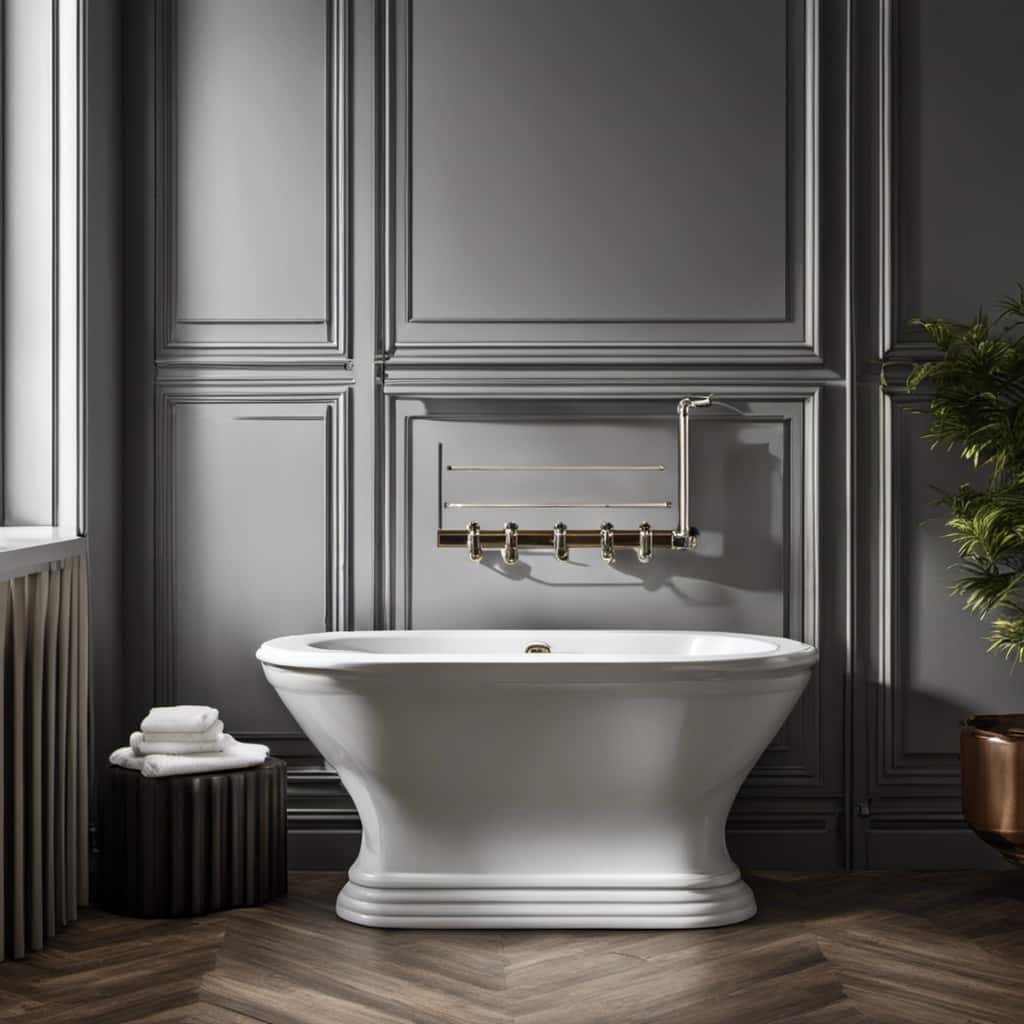
Conclusion
In our quest to stop the toilet from phantom flushing, we’ve explored various solutions. By checking for a faulty flapper, adjusting the water level, cleaning the fill valve, inspecting the refill tube, and considering replacing the flush valve, we can put an end to this frustrating problem.
Just like fixing a leaky faucet or sealing a crack in a wall, resolving the phantom flushing issue brings a sense of accomplishment and relief.
With these simple steps, we can reclaim peace and tranquility in our bathroom.



